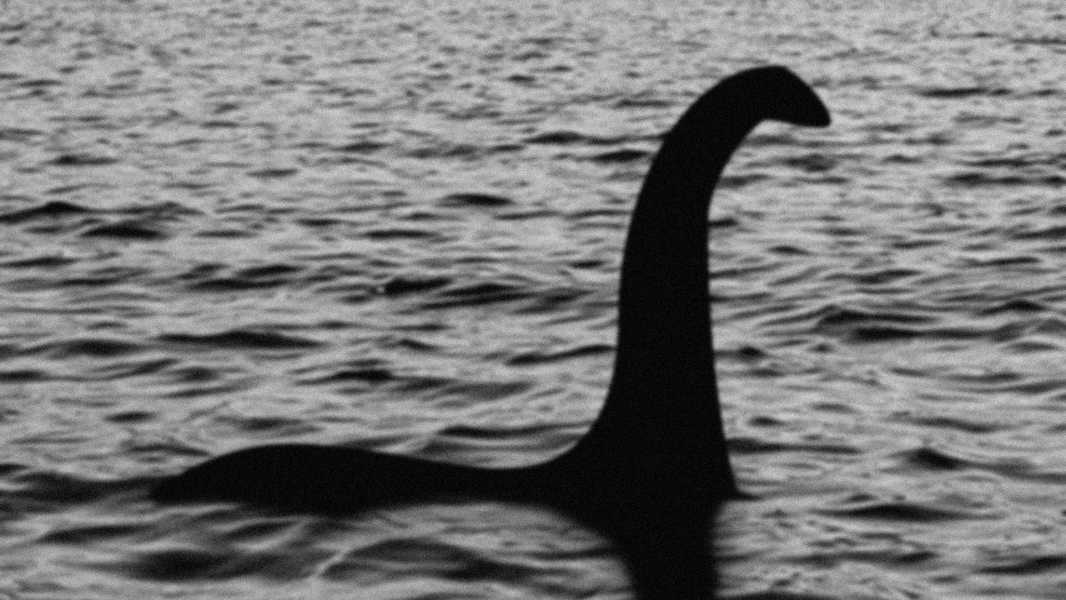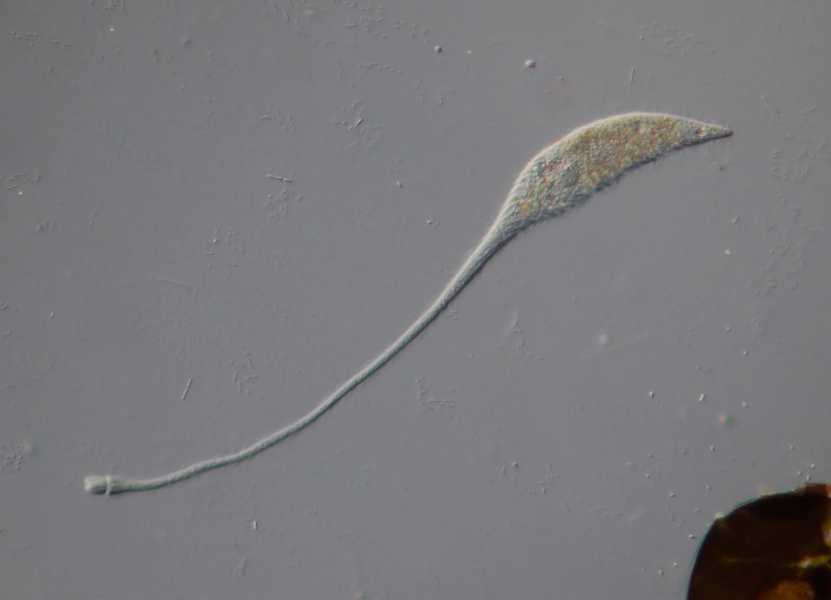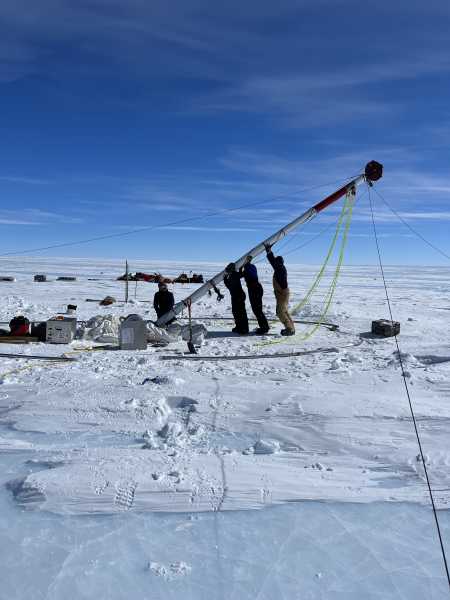
A modern reconstruction of the famous hoax photograph of the Loch Ness Monster, taken in 1934. (Image credit: Matt84 via Getty Images)
The single-celled organism Lacrymaria olor has one of the most interesting ways of hunting. Its oval body is about 40 micrometers long and has a small protrusion at the end. When it finds food, it extends this “neck” to about 30 times its body length in just a few seconds to catch prey at a distance, making it similar to the Loch Ness Monster. However, how L. olor manages to do this without significant stretching forces that could destroy its cell membrane remains a mystery. Experts suggest that the organism must store the extra length of its hunting apparatus somewhere to be able to extend it so quickly.

The long neck of Lacrymaria olor, a microbe from Loch Ness, hides a host of biomechanical secrets.
Recent research by Elliott Flaum and Manu Prakash of Stanford University appears to have solved the mystery. In their study, published in the journal Science, they explain that the single-celled organism’s cell membrane and internal structure are organized like origami and can be easily unfolded and folded back. This suggests that the membrane stress and energy costs are minimal, the researchers note. L. olor is able to extend its neck about 20,000 times during its lifetime without any problems.
The unusual hunting technique of this tiny single-celled organism raises a number of potential questions. Normally, it takes a lot of energy to change the shape of a cell membrane so radically, and at the rate at which L. olor extends its neck, it would be difficult for the organism to produce enough new membrane material. Although the neck must be extremely flexible to move quickly, it must also remain rigid and strong to avoid breaking under the slightest force. L. olor successfully overcomes these challenges by folding its neck membrane into multiple layers.
The membrane's fold lines have a complex, curved geometry that allows it to unfold into a cylinder. Underneath the folded membrane is a network of spirally twisted tubes that roll up with the membrane and help with the orderly folding and unfolding. This principle is similar to Yoshimura origami, where the cylinder is made up of a grid of folded diamonds and can be stretched out and folded back. However, one question remains: when micrometer-sized objects move toward each other in water, a repulsive force is generated, so the outstretched neck should cause prey to swim away. Why this doesn't happen is unclear – not all the mysteries associated with L. olor have yet to be solved.
This article originally appeared on Scientific American. © ScientificAmerican.com. All rights reserved. Follow
Sourse: www.livescience.com





